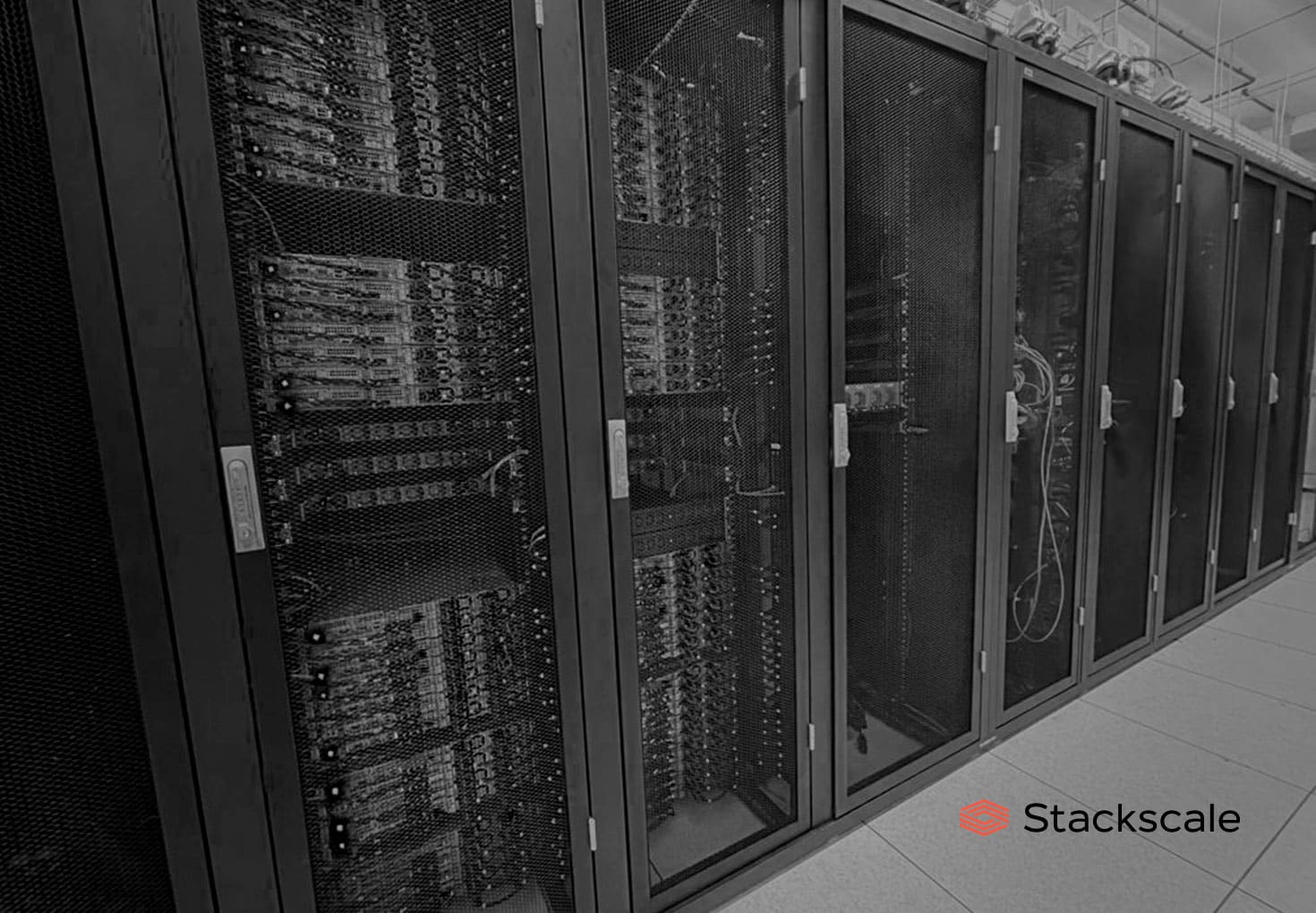Data processing centers, commonly known as data centers, have become essential infrastructures in the current digital era. They store, process, and distribute the vast amount of data generated by organizations and users worldwide. Additionally, their increasing energy consumption and the cooling and ventilation needs, especially in large data centers, have led to their capacity being measured in megawatts (MW). But, what exactly are data centers and how do they work?
A data processing center (DPC) is a facility specifically designed to host computer systems and telecommunications equipment. Its main function is to store, process, and distribute large volumes of data efficiently and securely. These centers host numerous servers for processing, storage, and networks, allowing them to offer services such as data backup and recovery, thus protecting information against any type of loss.
A typical DPC consists of several key components that work together:
– Computing: These are the engines of the data center. They include servers with different memory capacities and processing power, tailored to the specific needs of the applications and services running.
– Storage: This includes devices such as hard drives and solid-state drives (SSDs), as well as network storage systems, which allow for the secure and scalable conservation of large volumes of data.
– Networks: This includes the components that connect the data center internally and externally, ensuring high-speed and reliable connections. This category encompasses cables, switches, routers, and other communication equipment.
– Security: Given that DPCs handle sensitive and critical data, security is paramount. This ranges from IT measures such as firewalls, intrusion detection and prevention systems, and data encryption, to physical aspects such as access controls and protection against natural disasters.
Types of Data Centers:
– Hyperscale: The largest data centers that host shared infrastructure to provide cloud computing services to external clients. Companies like Microsoft, Meta, Stackscale (Aire Group), AWS, and Google operate these centers.
– Colocation: Companies that rent server usage to third parties, such as rapidly growing companies that offer cloud services. These centers are smaller in size than hyperscale data centers.
– Private: Owned by companies or institutions that operate them to meet their own data processing needs. Their size can vary from small server rooms to large installations occupying multiple buildings.
Functions of a Data Center:
– Data processing: Executing applications, processes, and computer algorithms on servers and devices to handle various workloads.
– Storage: Safely and scalably preserving large volumes of data, ensuring its availability when needed.
– Distribution: Facilitating data transfer through high-speed networks to end users, connected devices, cloud applications, or other data centers.
– Resource management: Optimizing processing, storage, and bandwidth capacity to efficiently meet operational demands.
– Security and data protection: Implementing measures to protect information against unauthorized access, losses, and other risks.
– Monitoring and maintenance: Continuously monitoring equipment performance, resource usage, and service availability, allowing for proactive problem identification and resolution.
Energy Consumption and Sustainability:
Data centers consume a significant amount of energy, not only due to the continuous operation of servers 24/7 but also for cooling needs to prevent equipment overheating. Various measures are being implemented to reduce environmental impact and improve energy efficiency, such as using more efficient equipment, thermal insulation improvements, and advanced energy management systems. There is also a growing interest in using renewable energy sources and reusing the residual heat generated by data centers.
The Future of Data Centers:
In an increasingly digitalized world, data centers will remain essential for online services, cloud applications, and handling large volumes of information. Their role as critical infrastructure makes them key pieces for the economy and modern society. Energy companies are aware of their importance in this sector and are establishing agreements with large technology corporations to ensure a renewable and continuous power supply. They are also collaborating on projects to harness residual heat and enhance the sustainability of these facilities. In summary, data centers are more than just buildings filled with servers; they are the heart of the current digital infrastructure. Understanding their operation, their types, and the impact they have in terms of energy and environmental factors is crucial to progress towards a more sustainable and efficient future in information management.

